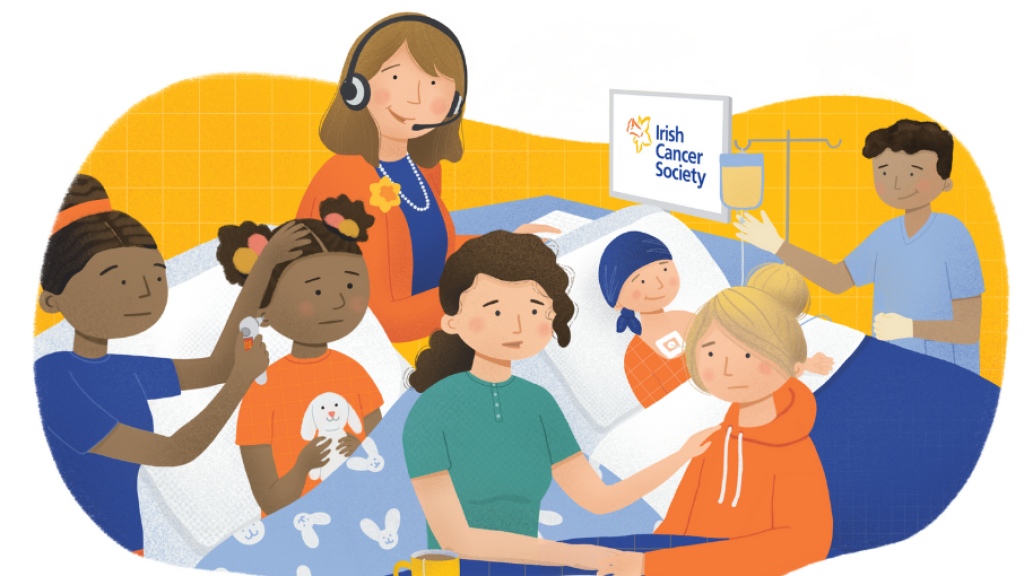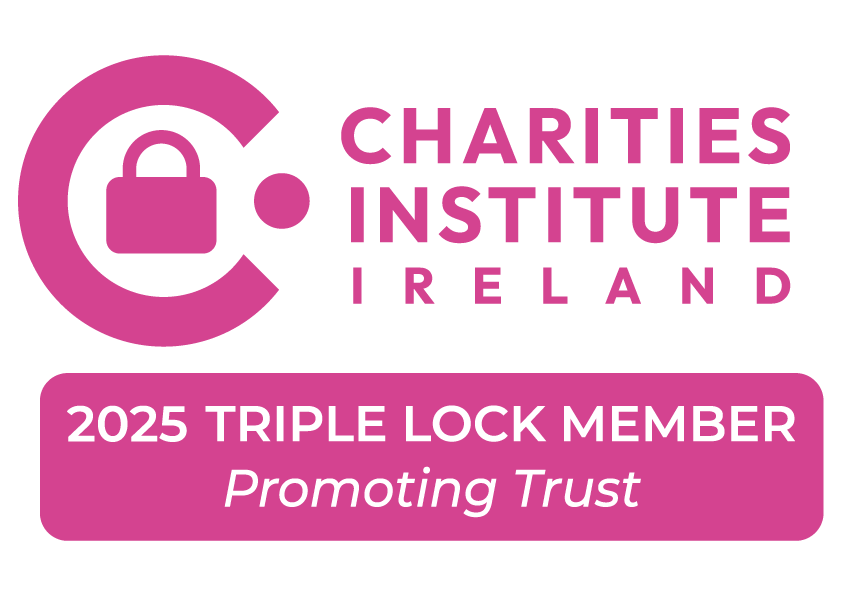
About children's cancer
Information about children's cancer including what kinds of cancer affect children.
What is cancer?
Cancer is a disease of the body’s cells.
Cells are the building blocks of the body. As cells die off or wear out, new cells replace them.
With cancer, the growth of new cells becomes faulty. The abnormal cancer cells multiply out of control.
The abnormal cells can affect the body in different ways.
- Tumours: The abnormal cells can form a lump (tumour). Tumours cause medical problems in two ways:
- Directly, by pressing on and damaging nearby organs.
- Indirectly, by breaking off and invading other distant tissues and organs.
- Blood: When cancer affects blood cells, abnormal blood cells build up in the bone marrow or blood. This can affect the way your body normally works and cause symptoms. Leukaemia is an example of blood cancer.
- Lymphatic system: The lymphatic system is part of our immune system, which protects us from infection and disease and removes extra fluid and waste from the body’s tissues. It is made up of lymph nodes connected by tiny tubes called lymph vessels. Lymphoma cancers happen when lymphocyte white blood cells grow in an abnormal way. The abnormal cells collect in your lymphatic system, particularly the lymph nodes. This causes swellings, known as lymphomas.
- Cancer is a word for many different diseases
There are more than 200 types of cancer that affect different parts of the body in various ways and which need different treatments. - Cancers sometimes spread
If a tumour is cancerous (malignant), a cell or group of cells can be carried by your blood or lymph fluid to another part of your body, where it can form a new (secondary) tumour. This is called metastasis.
Why do children's cancers happen?
The cause of most children's cancers is still unknown but research is ongoing. It is important to remember that it's not your fault your child has cancer and it is not because of anything you have or haven't done.
Unfortunately, there is nothing a parent can do to prevent childhood cancer, as the risk factors linked to childhood cancers are not things we can control. Having a risk factor doesn’t mean your child will definitely get cancer. Often children with no risk factors get the disease.
Most cancers are not caused by an inherited faulty gene and it is very rare for another child in a family to develop cancer. Brothers and sisters do not usually need to be tested.
If you feel your child may be at risk, first talk to your family doctor (GP) about your concerns. Your GP may advise you to visit a specialist.
Risk factors for children's cancer
- Inherited medical conditions. Children with inherited conditions such as Down syndrome are more at risk of developing childhood leukaemia, but it is still very rare.
- Cells that stop developing when a child is in the womb. Rarer tumours such as Wilms tumour and retinoblastomas are believed to develop while the child is still in the womb.
- Infection. Epstein Barr virus (EBV) is a common infection among children. It is thought that EBV can contribute to the development of certain types of lymphoma. This is very rare.
- Previous cancer treatment radiotherapy. Children who have been treated with radiotherapy or chemotherapy for cancer in the past have a slightly higher risk of getting another cancer in the future.
Cancer is not infectious and cannot be passed on to anyone who comes into contact with your child.
What kinds of cancer affect children?
It is rare for children to get cancer. Children's cancers affect approximately 190 children and teenagers under the age of 16 each year in Ireland. The most common cancers that affect children are:
- Leukaemia. Cancer of the white blood cells, which help to fight infection. About 1 in every 3 cancers that affect children is leukaemia. There are two main types of leukaemia: acute lymphoblastic leukaemia (ALL) and acute myeloid leukaemia (AML). Around 50 children are diagnosed with leukaemia each year in Ireland.
- Brain tumours. Cancer that causes a tumour (lump of abnormal cells) in the brain. Some brain tumours are benign (not cancer), while others are malignant (cancer). The most common types are astrocytoma, medulloblastoma and ependymoma. Around 50 children are diagnosed with brain tumours each year in Ireland.
- Sarcoma. Cancer affecting muscles or bone. They include soft tissue sarcomas, rhabdomyosarcoma and bone tumours, such as Ewing sarcoma and osteosarcoma. Around 20 children are diagnosed with sarcoma each year in Ireland.
- Germ cell tumours. Cancer that affects the cells that make eggs (in the ovaries) or sperm (in the testicles). Around 5 children are diagnosed with germ cell tumours each year in Ireland.
- Lymphoma. Cancer of the lymphatic system, which is part of your immune system. There are two main types: Hodgkin and non-Hodgkin lymphoma. Around 20 children are diagnosed with lymphoma each year in Ireland.
- Liver cancer. Cancer that affects the liver. The most common types of malignant tumours in the liver are hepatoblastoma and hepatocellular carcinoma. Around 3 children are diagnosed with liver cancer each year in Ireland.
- Neuroblastoma. A rare cancer that affects special nerve cells. These cells help develop the nervous system and other tissues. Around 10 children are diagnosed with neuroblastoma each year in Ireland.
- Renal (kidney) tumours. Renal tumours affect the kidneys. The most common type that affects children is called Wilms’ tumour. It is also called a nephroblastoma. Around eight children are diagnosed with renal tumours each year in Ireland.
- Retinoblastoma. A malignant tumour at the back of the eye. It develops in the cells of the retina, which is the part lining your eye that is sensitive to light. Around four children are diagnosed with retinoblastoma each year in Ireland.
- Other epithelial tumours and melanoma. Includes rare tumours of the head and neck (nasopharyngeal carcinoma) and the skin (melanoma). Around 10 children are diagnosed with epithelial tumours and melanoma each year in Ireland.
Children's cancers tend to occur in different parts of the body to adult cancers. They also look different under the microscope, and respond differently to treatment. Cure rates for children's cancer are much higher than for most adult cancers.
On average more than 8 out of 10 children in Ireland will survive their cancer for 5 years or more.
More information about children's cancer
For more information
Phone
1800 200 700


